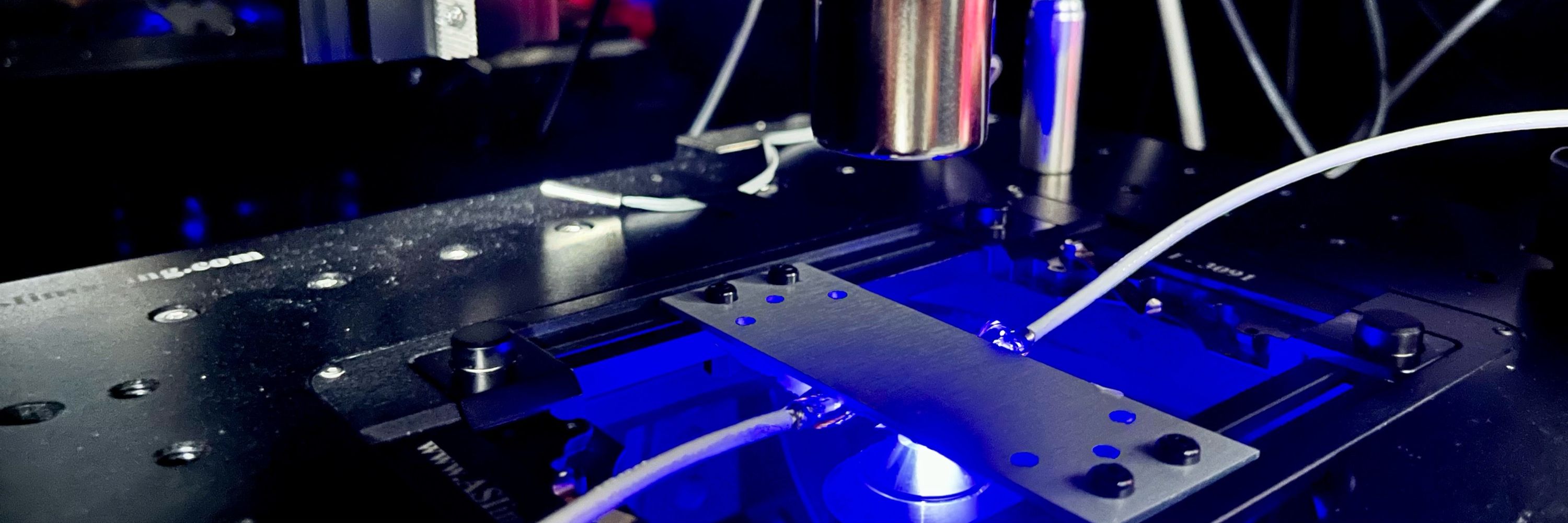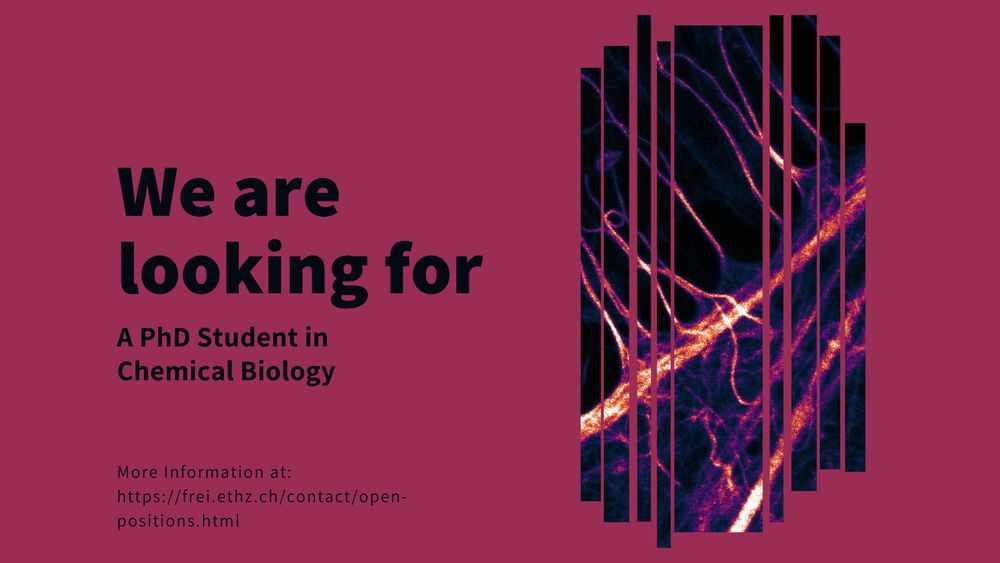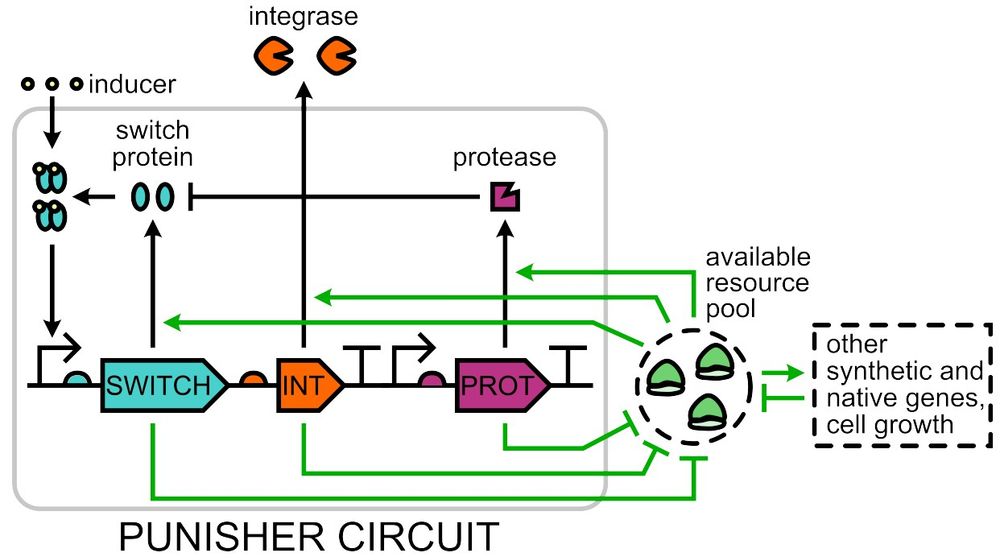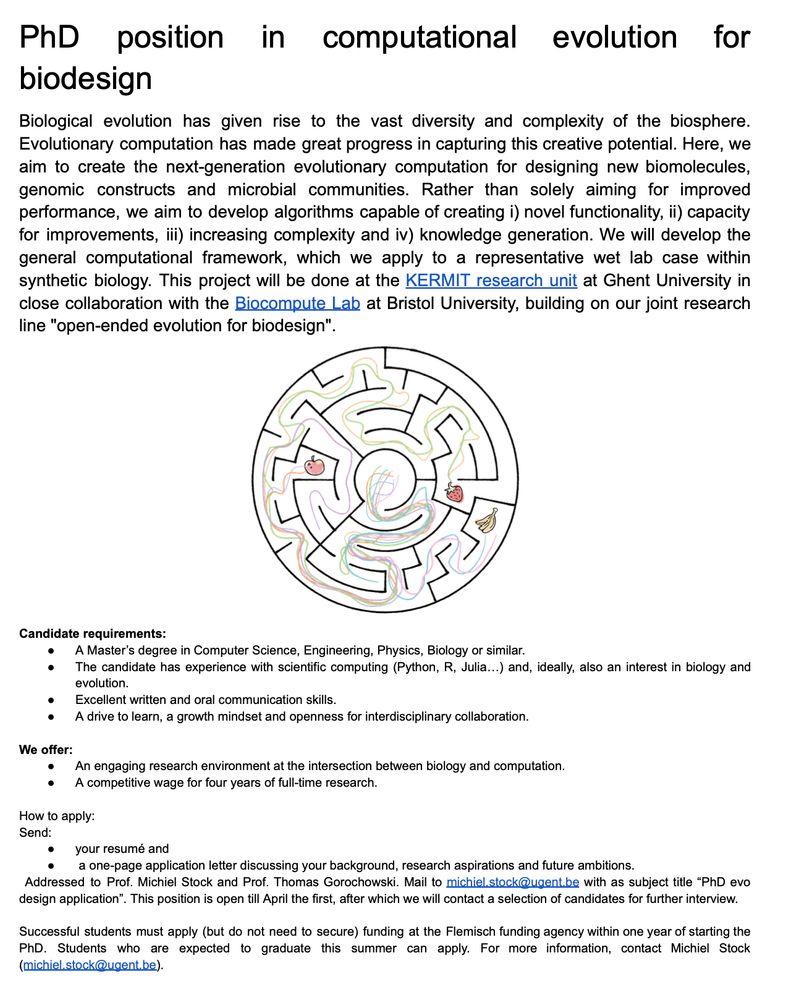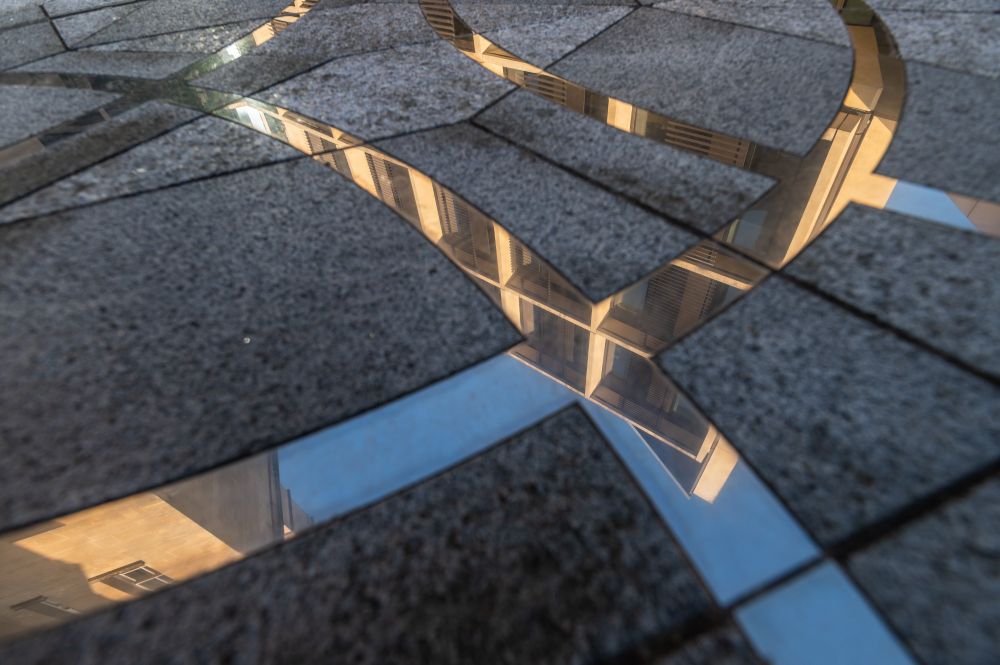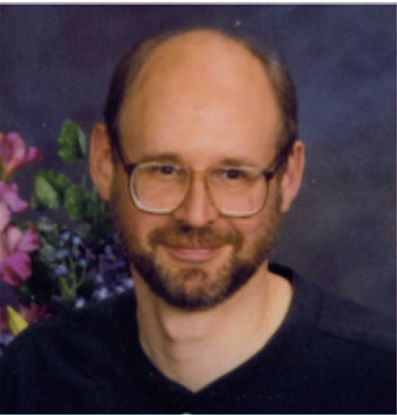Gabriel Abrahams
@gabriel-abrahams.bsky.social
620 followers
870 following
25 posts
DPhil student in the Engineered Biotechnology Group, University of Oxford. https://steel.ac/
ORCID: 0000-0002-2360-7150
Posts
Media
Videos
Starter Packs
Pinned
Reposted by Gabriel Abrahams
Reposted by Gabriel Abrahams
Reposted by Gabriel Abrahams
Reposted by Gabriel Abrahams
Reposted by Gabriel Abrahams
Reposted by Gabriel Abrahams
Michael Booth
@drmikebooth.bsky.social
· Mar 12

DNA-programmable Protein Degradation: Dynamic Control of PROTAC Activity via DNA Hybridization and Strand Displacement
Targeted protein degradation is a powerful therapeutic approach: expanding the druggable proteome, providing enhanced selectivity, and having the ability to overcome conventional resistance mechanisms...
chemrxiv.org
Reposted by Gabriel Abrahams
Reposted by Gabriel Abrahams
Madhu Pai, MD, PhD
@madhupai.bsky.social
· Feb 21
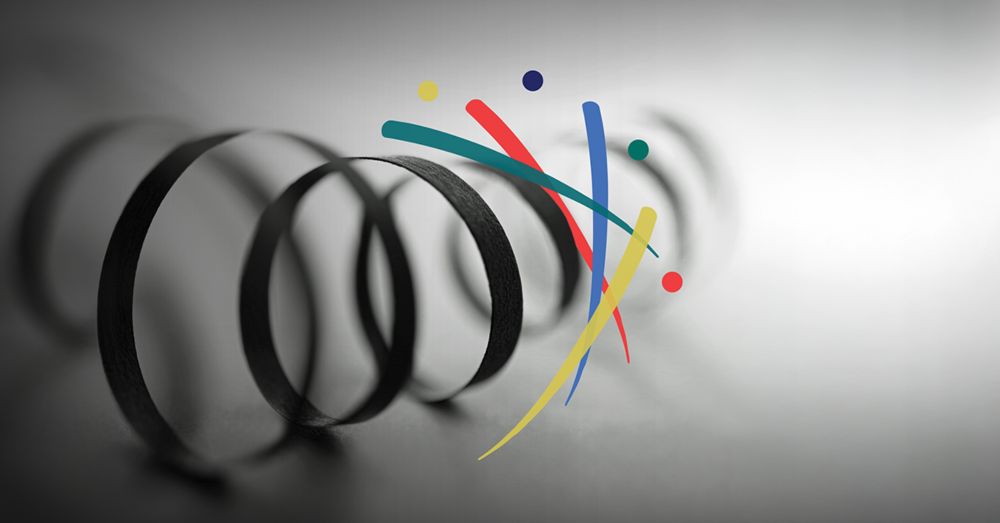
PLOS statement on recent US Executive Orders and scientific integrity - The Official PLOS Blog
Since its founding over twenty five years ago PLOS has been dedicated to advancing open science, ensuring that knowledge is accessible to…
theplosblog.plos.org
Reposted by Gabriel Abrahams
Santiago Elena
@sfelena.bsky.social
· Feb 20
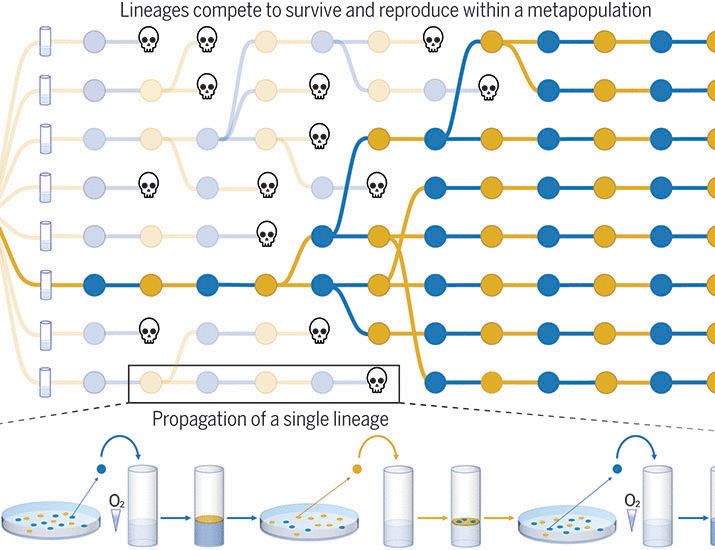
Experimental evolution of evolvability
Evolvability—the capacity to generate adaptive variation—is a trait that can itself evolve through natural selection. However, the idea that mutation can become biased toward adaptive outcomes remains...
www.science.org
Reposted by Gabriel Abrahams
Reposted by Gabriel Abrahams
Reposted by Gabriel Abrahams
Reposted by Gabriel Abrahams
